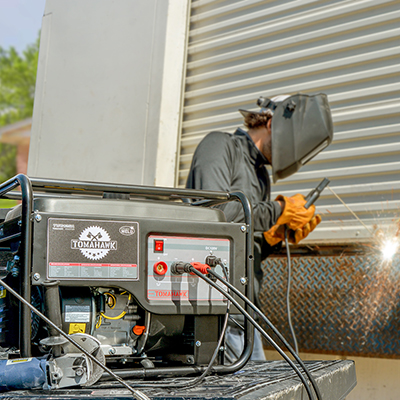How to Weld Stainless Steel

Last updated September 7, 2023
Stainless steel is known for its rugged and long-lasting properties, but even the most durable items need repairs or alterations from time to time. This guide will explain how to weld stainless steel, whether you’re repairing a damaged pipe at home or working on auto parts in the garage. Read on to make sure you’ve got the right supplies and safety gear for welding stainless steel, too.
Difficulty:
Advanced
Duration:
2-4 hours
Table of Contents
Understand the Basics of Welding Stainless Steel
Gather Welding Tools and Supplies
Prepare the Metal
Choose a Wire and Shielding Gas
Weld the Stainless Steel
Take Your Time
Understand the Basics of Welding Stainless Steel
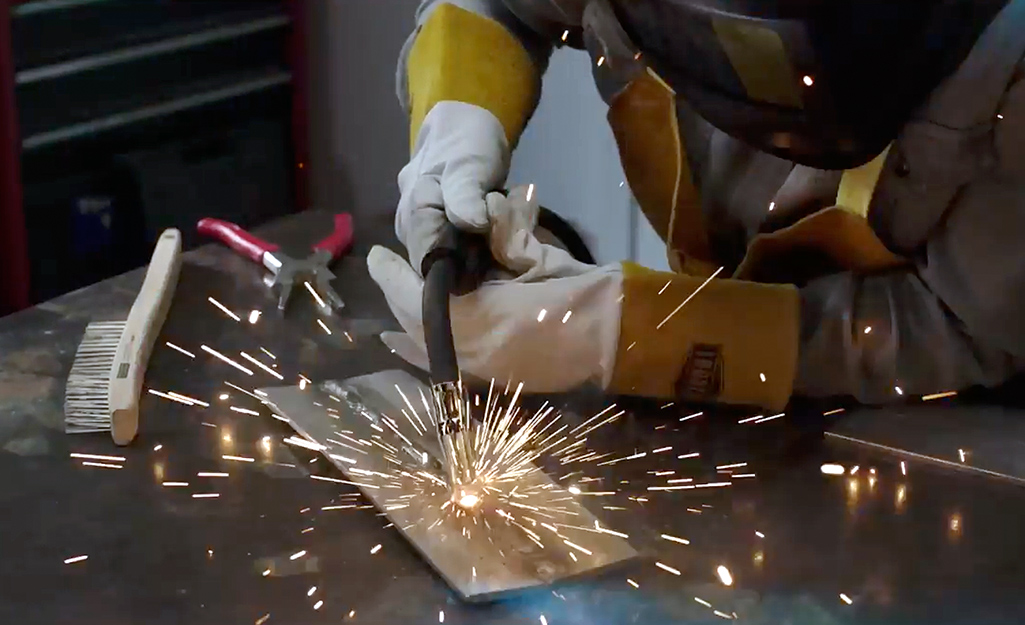
Many people new to the idea of welding want to know one simple question: Can you weld stainless steel? Stainless steel can be a substantial material to weld, yet welding stainless steel properly is a
project you can tackle with the right process and equipment.
Metal Inert Gas (MIG) welding is easier than stick welding for doing high-quality work with stainless steel. This type of welding is where purpose-specific wire is passed through the welding gun and into your welding pool. When MIG welding stainless steel wire, you’ll need to use a shielding gas to protect the workpiece from contamination.
Learning how to MIG weld can appear to be a challenge, but the basics are relatively simple. When using the MIG process, you’ll want to make sure you’re welding only stainless welding wire to your stainless-steel base. While you can weld stainless steel to regular steel or even aluminum, it is very difficult to obtain a reliable weld when working with such different materials.
Gather Welding Tools and Supplies
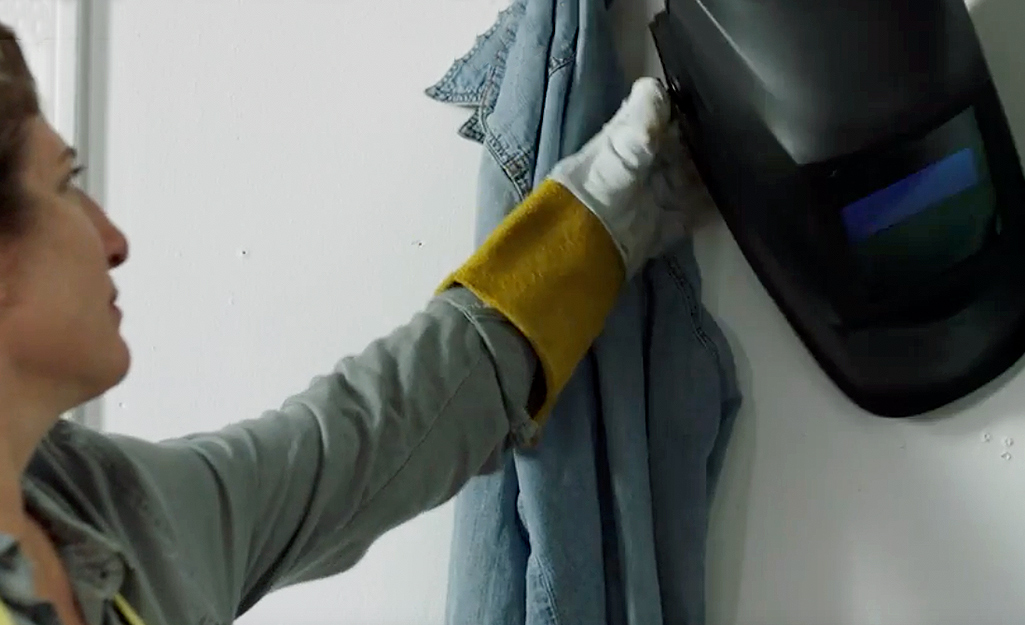
MIG welding of stainless steel
requires tools and supplies designed for the task. Use this list to make sure you’re prepared for any welding job that comes your way:
- A MIG welding machine is an easier welding option for stainless steel. These machines make reliable, solid welds. Look for MIG welders that come with essential components like a welding gun and sample welding wire to get you started.
- Many welding machines come with a welding gun, but you can upgrade yours for finer control or specific tasks. You’ll also need replacement welding gun tips, as these do get worn over time.
- A welding gun liner protects your welding gun and allows you to switch between different types of metal wire more easily for different welding jobs.
- A welding wire feeder is not essential, but if you plan on doing a lot of welding or working in a professional capacity, a dedicated feeder can give you more control over your feed rate and provide a better overall weld in many cases.
- When welding stainless steel, you’ll want to use the appropriate stainless steel welding wire from your welding machine or dedicated wire feeder.
- A metal scraping and cleaning brush will help you prepare your workpiece for a better, more durable weld.
- For MIG welding stainless steel, a shielding gas mixture of helium, argon and carbon dioxide is common.
Before starting your welding project, put on protective gear:
- A welding apron or jacket.
- A pair of welding gloves to protect your hands.
- A welding helmet with an auto-darkening visor to protect your eyes.
Once you’ve got the appropriate safety gear and supplies, you're ready to learn how to weld stainless steel.
Prepare the Metal
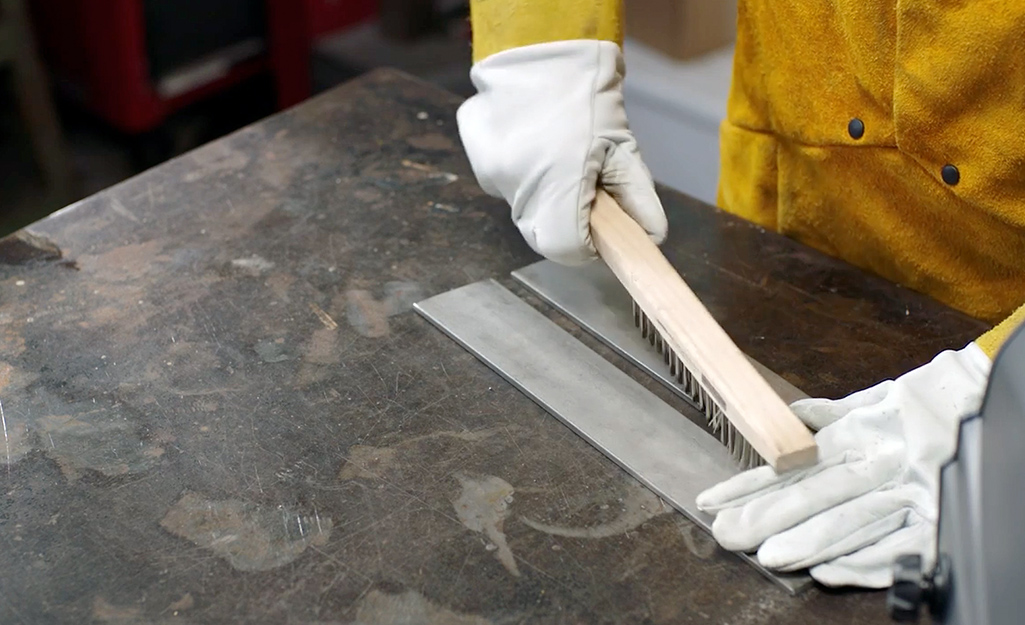
To make a clean weld, you’ll need to remove any dirt, dust, oil or grease from your workpiece. Use a stainless steel brush after removing debris or wet contaminants to prepare the work surface properly.
Tip: Wear safety goggles when cleaning the workpiece metal.
Choose a Wire and Shielding Gas
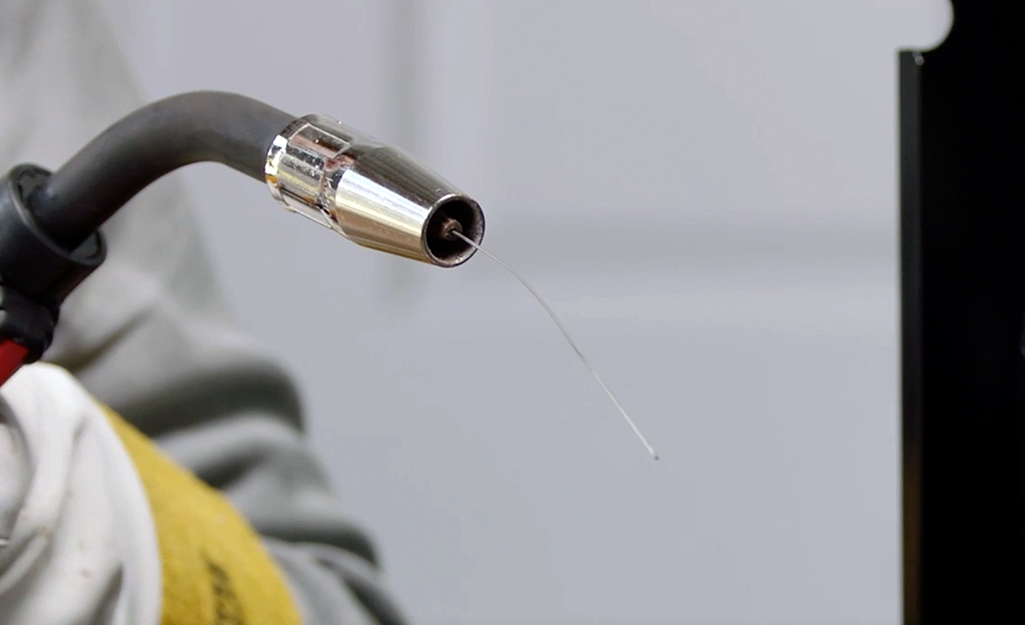
Use .030-inch diameter stainless steel welding wire for most jobs welding stainless steel. Step up to .035-inch to .045-inch welding wire for thicker base pieces.
A shielding gas mixture that’s 98 percent argon and 2 percent carbon dioxide works in most cases for MIG welding stainless steel. A tri-mixture gas of 90 percent helium, 7.5 percent argon and 2.5 percent carbon dioxide is also generally ideal for welding.
Weld the Stainless Steel

Use the push technique for MIG welding stainless steel whenever possible. Do this by pushing the welding gun away from the weld puddle instead of pulling it, or by using a push-pull method.
This technique produces less beading and offers a better view of your work. Use the proper travel angle for your position. This can vary depending on the work you’re doing but holding your gun at a 90-degree angle with a travel angle of 5 degrees to 15 degrees is often best. For T-joints and lap joints, you’ll want a greater angle of 45 degrees to 70 degrees.
Tip: If deeper penetration is required, use the pull technique.
Take Your Time

Take plenty of time to learn how to weld stainless steel the right way.
Practice makes perfect, so start with scrap metal or practice tasks before jumping into more complex MIG welding work.
Tips for Welding Stainless Steel
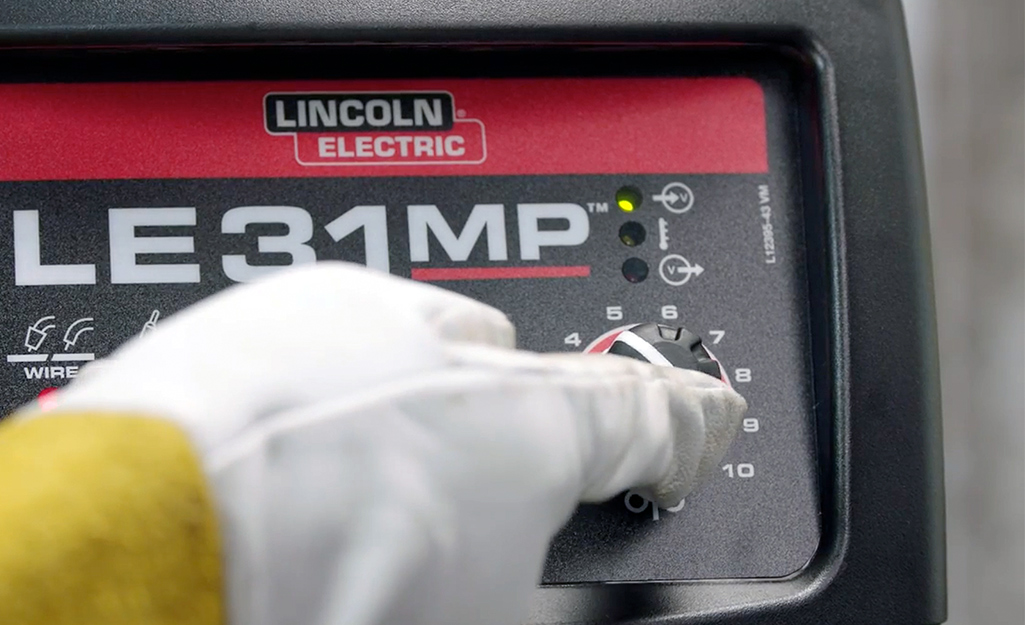
Learning how to weld stainless steel takes time and practice, so don’t be discouraged if your welds don’t come out perfectly right from the start. With the right tools and effort on your part, you can be welding like the pros before you know it. Here are a few tips to help you along:
- Check your equipment, welding machine amperage and voltage and wire supply before you begin. A good weld means starting the process correctly each time. Keep extra wire, consumables and gun tips handy in case you need to make a quick change while you work.
- Make sure you have
ample lighting when preparing your work pieces. If you can’t see your weld, how can you perform top-notch work? - Work in a well-ventilated area. While you can’t MIG weld outside in the wind, an open garage door on a still day provides plenty of ventilation. Task-specific exhaust systems can help when you’re working in a space without fresh air.
- Never weld when you’re tired. Welding requires you to be on top of your game and mentally focused for both project quality and your overall safety.
You now know how to weld stainless steel with confidence. Your new stainless steel welding skills allow you to take on at-home maintenance tasks
or workshop repair jobs. Practice makes perfect with stainless steel welding. Always use the right MIG welding machine, welding wire and safety gear. Remember to take your time and make sure you check your equipment for proper voltage before our start.
Ready to start welding? Use The Home Depot Mobile App to locate products and check inventory. We’ll take you to the exact aisle and bay.

